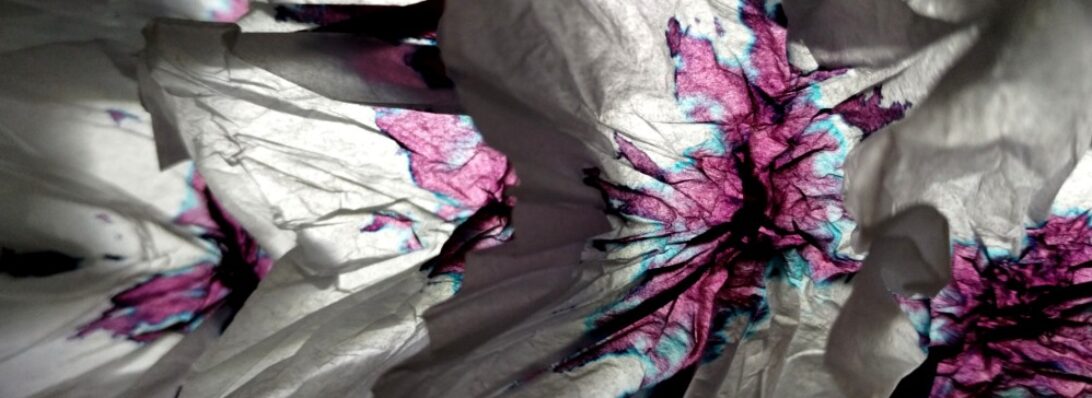Now it seems Beatrix Potter has gone out of favour in the age of political correctness, but there is no denying the charm of her stable of animal characters as they anthropomorphise through their day:
This is “Peter Rabbit” – well, more correctly it is supposed to be the rabbit from “Through the Looking Glass” but the colouring I used is more Peter that White Rabbit in my opinion. I have never really understood the Victorian tradition of partially clothed animals (he is wearing no pants, right?) but that is carried over to cartoon characters also which is a little odd. Continue reading
















